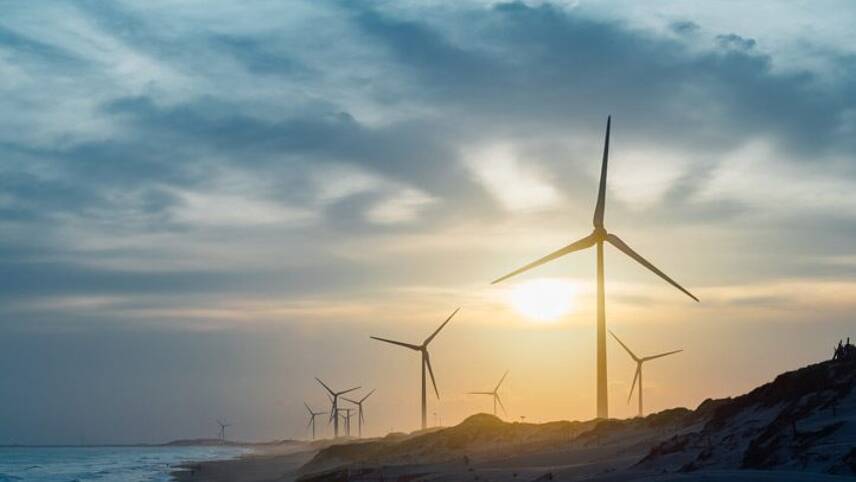Register for free and continue reading
Join our growing army of changemakers and get unlimited access to our premium content

The new ‘Renewable Energy and Sustainability report (RESR)’ examines the negative impacts of expanding renewables, focusing on issues like land and water use, biodiversity and human rights.
It assesses a situation in which global renewable energy generation capacity is trebled – a vision backed by more than 100 nations at the recent COP28 summit in Dubai.
The REN21 analysis stems from crowd-sourced data and input from a range of stakeholders including environmentalists, industry leaders and human rights organisations.
The report emphasises that renewable energy technologies are less extractive than fossil fuels even though they require materials such as cobalt and lithium.
In 2021 alone, fossil fuel extraction surpassed billions of tonnes, far exceeding the relatively minimal material extraction for renewables.
Additionally, renewables demonstrate considerably lower median carbon emissions across their lifecycle compared to gas and coal, presenting a compelling argument for their adoption.
Land impacts
The report also stresses that renewables have minimal long-term impacts on land and water compared to fossil fuel operations, which often result in pollution and degradation.
Moreover, renewable energy installations are adaptable, enabling them to coexist with other land uses such as agriculture or be integrated into degraded or former industrial sites, using existing infrastructure to reduce their footprint.
The report concludes that embracing sustainable mobility practices, such as electric vehicles (EVs), and prioritising energy efficiency can further alleviate the demand for non-renewable materials.
REN21’s executive director Rana Adib said: “The evidence is clear: renewables are the most sustainable energy source for tackling climate change, pollution and biodiversity loss while ensuring industrial and economic development, job creation, energy security and better human health.
“The RESR gives decision makers a recipe for an immediate, sustainable and equitable energy transition, leaving little room for scepticism and excuses.”
The International Energy Agency (IEA) has forecasted an expedited rise in global electricity demand in the next three years, which will primarily be met by low-carbon electricity.
Financial barriers hinder renewable energy growth
Despite advancements, modern renewables accounted for only 12.6% of the global energy supply in 2021, falling short of targets set by the Paris Agreement and the United Nations Sustainable Development Goals, according to the REN21 report.
One of the major hurdles emphasised in the report is the continued allocation of significant financial resources toward fossil fuels, impeding progress toward a sustainable energy future.
The total amount of fossil fuel subsidies provided globally almost doubled year-on-year in 2022, reaching an all-time high of $1trn, according to the IEA.
This is the case not only in countries seeking to expand fossil fuels as their economies develop but also in wealthy nations such as the UK.
Since 2015, the UK Government has provided £20bn more in support to fossil fuel producers than to renewables, according to research commissioned by the Liberal Democrats. During this period, renewable energy received £60bn in support, while fossil fuel companies were granted nearly £80bn.
China’s clean energy surge: Unveiling economic potential in renewables
In related news, a new analysis from Carbon Brief presents a compelling argument for the economic potential of renewables, spotlighting China’s remarkable surge in clean energy investment.
According to the analysis, clean energy investment in China jumped by 40% year-on-year to $890bn in 2023, driving all investment growth across the economy. This is nearly equivalent to the total global investments in fossil fuel supply for the same year.
The investment spans various sectors, including renewables, nuclear power, electricity grids, energy storage, EVs and railways.
Clean-energy sectors contributed $1.6trn to China’s economy in 2023, marking a 30% increase from the previous year. These sectors emerged as the primary driver of China’s economic growth, accounting for 40% of GDP expansion.
Without the growth from clean-energy sectors, China’s GDP would have fallen short of the Government’s growth target, achieving only a 3% increase instead of 5.2%, highlighting the clean energy industry’s pivotal role in China’s economic policy.


Please login or Register to leave a comment.